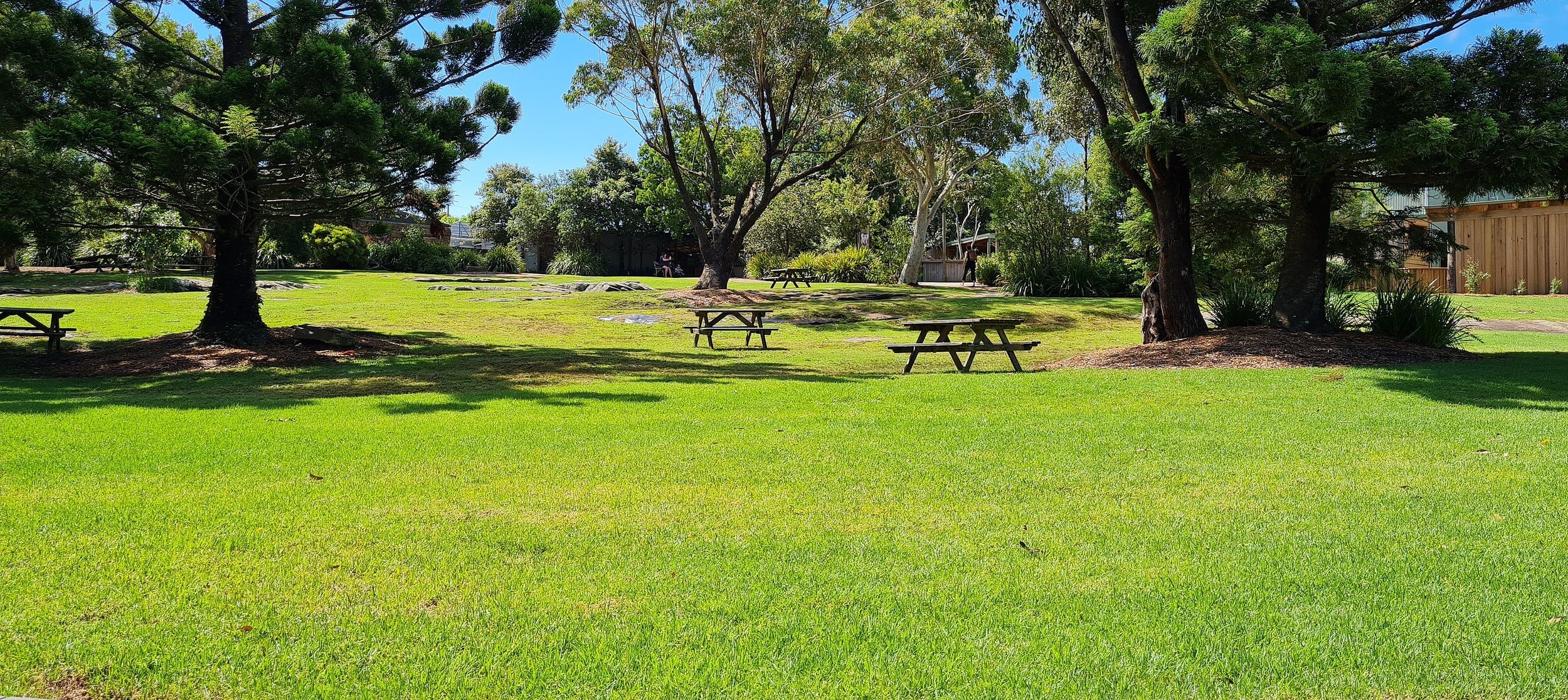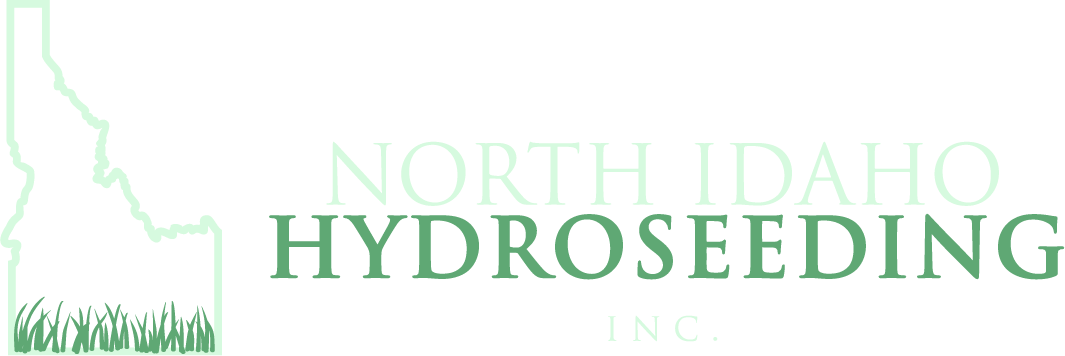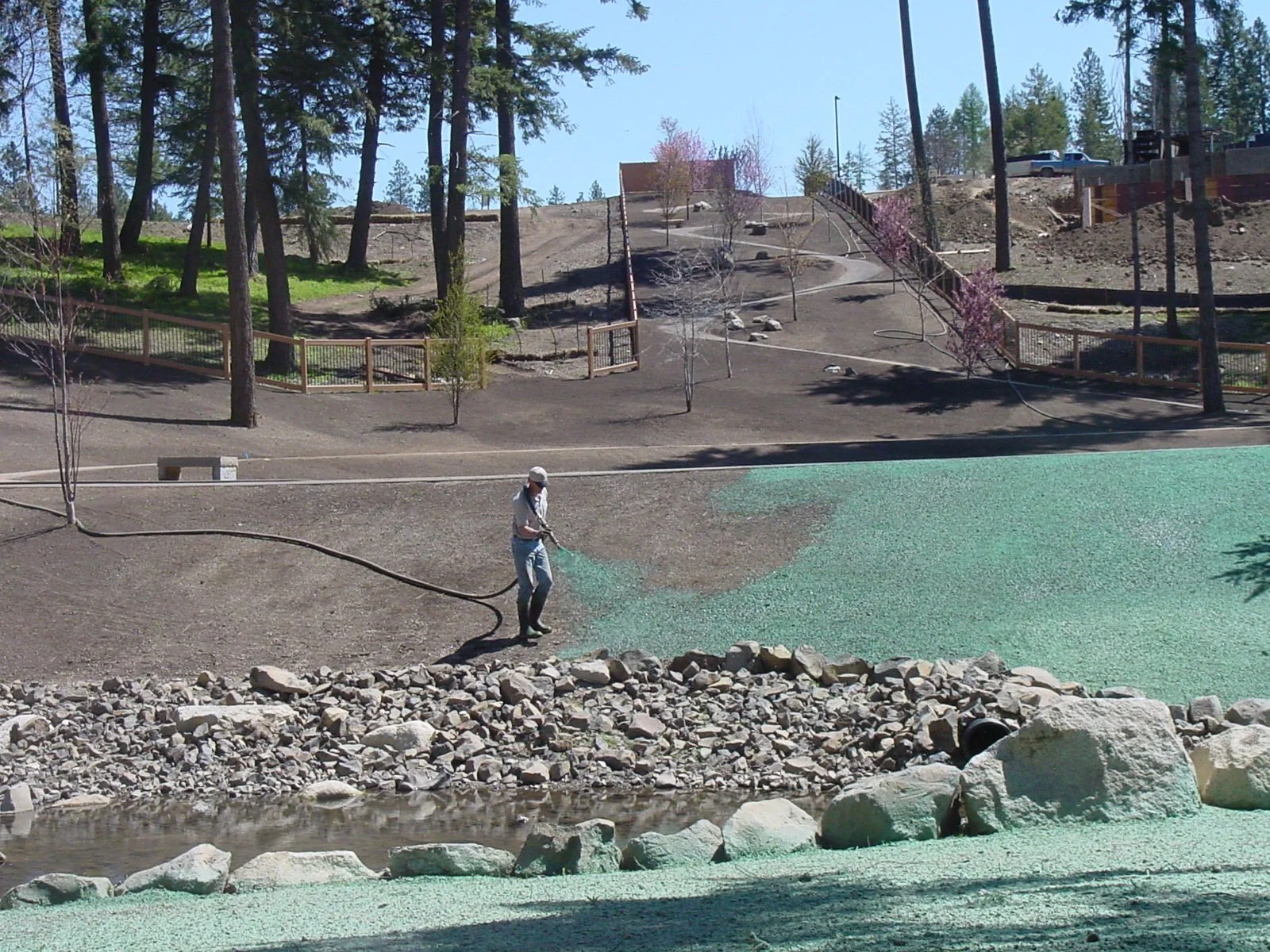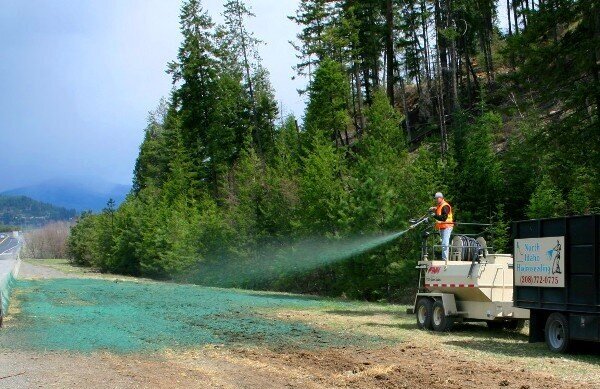
Growing Commitment
To Excellence.
Established 1991
Quality material
Here’s what we can do for you!
More about
Our Story
At North Idaho Hydroseeding, we are satisfied with delivering nothing but the highest quality workmanship and results for our customers and their lawns.
With 30 years of experience serving North Idaho and the surrounding area, the evidence of our growing commitment to excellence can be seen in our existing work. We have completed tens of thousands of projects and installed over 4,000 acres of hydroseeding since we began in 1991.
We are familiar with the conditions of our region, we use only the highest quality materials and equipment in our applications, and our dedicated team has the knowledge and skills required to successfully complete any seeding project.In addition, our hydroseeding is competitively priced from the smallest lawns to the largest public works projects.
As a valued customer, you will receive all of the information and technical support needed to guide you from start to finish. At North Idaho Hydroseeding, it is our commitment to provide every customer with the best possible value.

ABOUT THE TEAM
With over 40 years of combined experience in the industry,
our crew of professionally trained Hydroseeding Technicians strives to provide the highest quality installation service and experience. We are dedicated to consistent continuing education for our team, so they are always up-to-date on the latest materials, technologies, and techniques. All of our drivers and technicians are properly licensed in accordance with state regulations in Idaho and Washington.
Most importantly, all of our staff share our commitment to excellence and customer satisfaction that distinguishes North Idaho Hydroseeding from other area hydroseeders. We take pride in our work, and we stand behind our services. Our team looks forward to serving you!
Frequently Asked Questions
Newly Hydroseeded Lawns
(Most of the frequently asked questions are fully covered in the Lawn Care Blog Post)
-
There are as many types of lawns as there are uses for grass. Determine the use for your lawn and how much maintenance you are willing to commit to. In our climate the best ornamental lawns are proprietary varieties of Kentucky Bluegrass because of their cool-season characteristics, quality color, and texture. For lawn areas of full sun and/or partial shade, we use a blend of these Kentucky Bluegrass varieties in our mix. If you have areas of deep shade, turf-type Fine Fescues will perform best. For heavy traffic areas, such as playgrounds and athletic fields, a greater percentage of turf-type Perennial Ryegrasses is advantageous. From our standard seed blends to exclusive specialty mixes, we can help you select the right hydroseed mix that best fits your needs.
-
After the hydroseed has initially dried and you notice a color change. Once the sprinklers are activated make sure the ground is firm enough to hold your weight. Walk as flat as possible, try not to twist, turn, or drag your feet.
-
It is best first to determine if you are getting consistent, adequate watering. Some areas will retain more moisture while others will dry out faster due to trees, sloped ground, and heat retaining surfaces such as concrete. Make sure your sprinklers are evenly saturating the ground. You may need to water some areas more often or for longer periods with supplemental irrigation until lawn is established. Sometime sprinkler patterns may shadow (see Sprinkler Information under the Lawn Care Blog post).
-
Our Seed mixes are State Certified 99.9% weed free. Weeds in new lawns can come from existing topsoil, screened top soil, or blow in from adjacent areas. Often these annual weeds lay dormant until they receive enough water with your new lawn. These weed seeds can become established because in essence they lay dormant and are essentially pre-germinating. Usually, weeds come in the strongest in areas that receive some moisture, but not enough to allow the grass to begin to fully establish such as in a shadow areas under sprinklers. Adequate watering will enhance grass growth and reduce weed encroachment. As the grass matures it will begin to compete and choke out the annual weeds. Most weeds in newly planted lawns don't do well with consistent mowing, while more perennial weeds will need to be treated later with an herbicide. Don't pull weeds in the newly hydroseeded lawn. If a weeds block the spray of sprinkler head simply cut it off (see Weed Control under the Lawn Care blog post).
-
After the lawn has been mowed the root system begins to further develop. Each mowing causes the grasses roots (rhizomes) to begin the formation of a sod base. After several mowings the lawn can receive light traffic. The longer the lawn's root system has time to more fully mature, the safer it becomes to maintain heavier traffic.
Established lawns
(This Section answers questions concerning long term Lawn Care)
-
What you see is evidence of snow mold. Both pink and grey snow mold is caused by fungi that grow and attack dormant grasses at low temperatures under snow cover. Certain grass types and varieties are more susceptible. The fungi feed on available nitrogen in the grass. Your best defense is to keep the available nitrogen in the lawn low. First, use low nitrogen fertilizers (i.e. 10-20-20, 6-20-24, etc.) no later than the end of September. Secondly, always put your lawn to bed by cutting it as short as possible and removing the clippings. An excess of grass canopy growth and nitrogen from fertilizer is the perfect recipe for snow mold. New lawns are more susceptible and often don't have enough root mass to recover. If your new lawn has snow mold lightly rake the spots. Raking allows sunlight and air to disturb the fungi. Don't rake too hard it may damage new tender roots. (see Lawn Care Blog for Mowing and Fertilizing Information).
-
In our area, the first week of April or when ground temperatures reach 50 degrees F is usually when the grass begins to break dormancy. To wake up your lawn use a high nitrogen fertilizer (i.e. 21-10-10). It is easiest to use a broadcast spreader at a rate of 5-7 lbs / 1000 sq.ft. Organic fertilizers may be a good option. (See Lawn Care blog for more Fertilizing Information).
-
In the spring you only need to supplement the rain. As the season progresses you want to begin to water deeply periodically. In summer, deep watering 2-3 times per week is best. Water early in the morning at dawn when water pressure is good and before the wind and sun can cause excessive evaporation. Early morning watering allows the ground to soak up all of the water and not remain soggy. Bluegrass in 90 degree weather needs approx. 2" of precipitation per week. 2 waterings of 1" is preferable to 5 waterings of ½" To measure how much water your lawn receives, place an empty tuna can out and see how long it takes to fill 1". Do this to determine if your dry spots are getting enough water.
-
Several things are can be done to assist in your lawns in repairing itself. The ground is compacted and will need to be aerated. This will increase oxygen exchange and help drainage. Excessive traffic is stressful to grass. Fertilize the wear spots with a balanced fertilizer (16-16-16). The extra phosphate will aid in root development. The additional potassium will build cell wall thickness within the grass blade making it more wear tolerant and better able to retain moisture. Feeding your lawn will encourage new grass roots (rhizomes) to spread and begin filling in the open spaces. Grass that it actively growing will need more mowing. Every time you cut your lawn it encourages root system development. Finally, if areas are too thin for this approach consider overseeding.

















